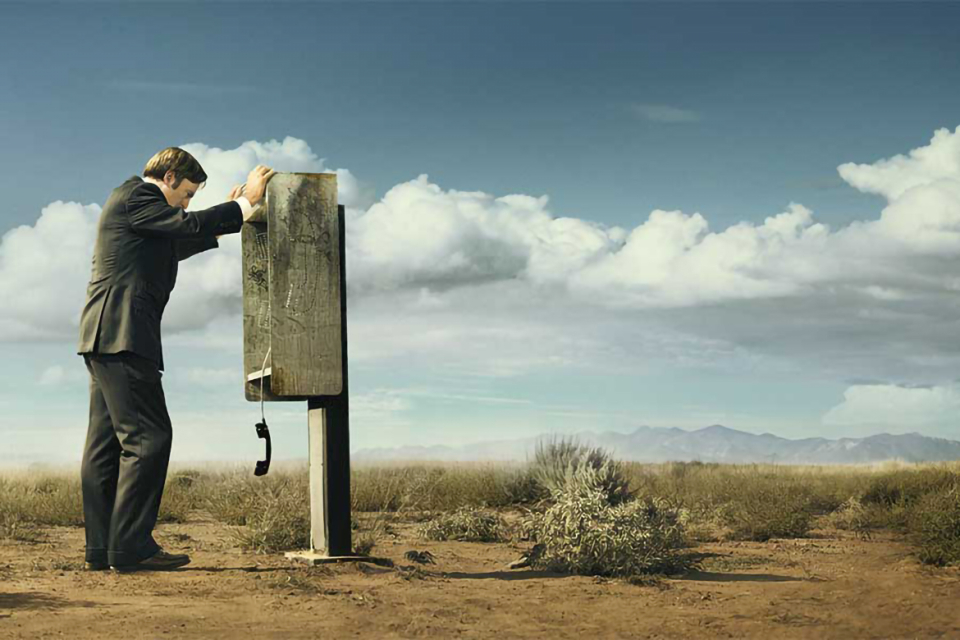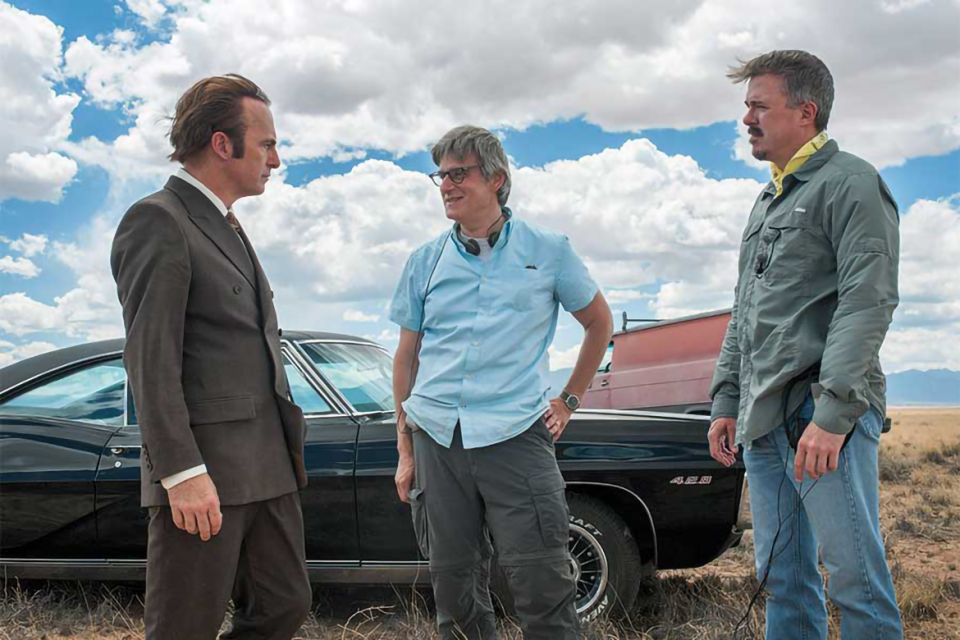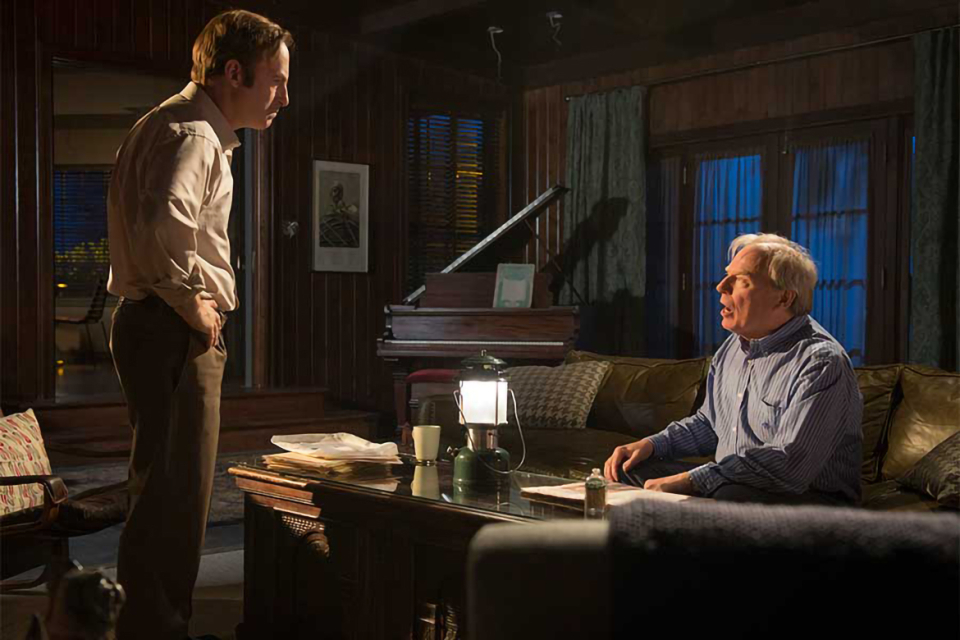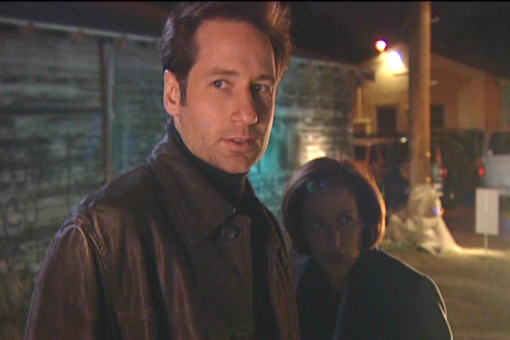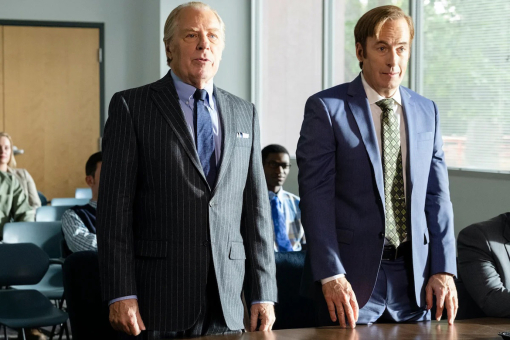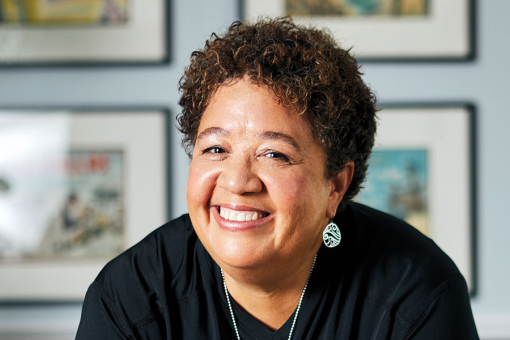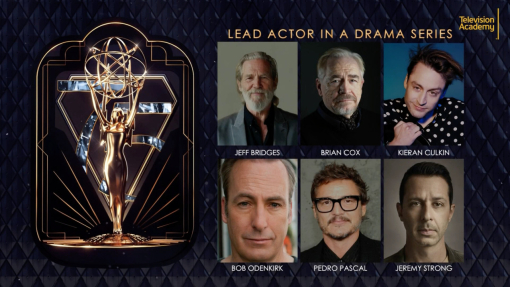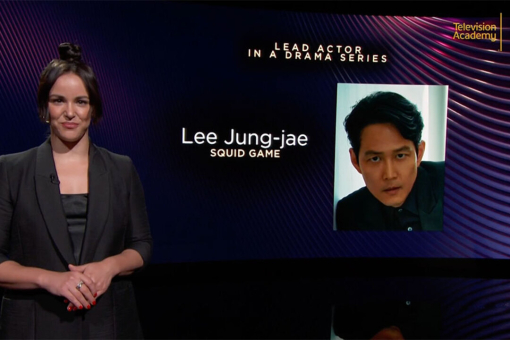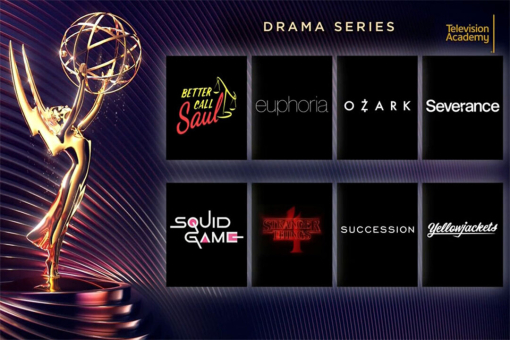“Au revoir. Auf wiedersehen. Hasta luego. Buh-bye!”
Loquacious lawyer Saul Goodman (Bob Odenkirk), last seen in the penultimate episode of AMC’s Breaking Bad, probably would have signed off that way if he’d had a chance to bid goodbye to viewers of the hugely acclaimed series.
When it all came tumbling down for his numero-uno client, crystal-meth kingpin Walter White (Bryan Cranston), Saul and the rest of Walt’s associates had to make like movie-studio profits and disappear — or risk getting their rectums resized at the federal penitentiary, as Saul would likely put it.
Breaking Bad fans will recall Saul’s worst-case scenario when he imagined his fate as a fugitive — that he’d wind up managing a Cinnabon in Omaha.
Now imagine the perverse comic minds that could make such a thing come true, and — boom! — you’re on board once again with multi-Emmy winners Vince Gilligan and Peter Gould, creator–executive producer–writer–directors of Better Call Saul, which debuted on AMC February 8 and 9.
“We love this character so much, and we loved the idea of doing a spinoff series around him,” says Gilligan, who directed the pilot. “But when it turned out that Sony and AMC were interested, we said to ourselves, ‘God bless ‘em — now what do we do?’”
The challenge was not just what kind of show to create, but where it would begin and what part of Saul’s story it would tell.
Gilligan and Gould (the latter introduced Saul in season two of Breaking Bad) ultimately chose not to strand viewers in the dreary anonymity of his post-Walt world.
Instead, after a poignant teaser (shot in black and white and set to the Ink Spots’ 1939 hit “Address Unknown”), the new show becomes a full-color prequel that spins back in time to six years before the events of the previous series.
Back then, Saul was still Jimmy McGill, younger brother of Chuck (Michael McKean), a senior partner in the white-shoe Albuquerque law firm Hamlin, Hamlin & McGill. But after a bizarre mental illness derails Chuck’s career and embroils Jimmy in legal action against the firm, he’s reduced to running his practice from the rear of a nail salon, where the Vietnamese manicurists freely humiliate him (“Cucumber water for customer only!”).
Jimmy may not have broken bad just yet, but the pressures that lead him to do so are mounting. “He’s been trying to be good for so long,” Gould says, “but he reaches a nadir, and when he hits bottom, it gives him a burst of energy.”
From Saul’s fevered psyche rises an alter ego, Slippin’ Jimmy, who partners with a couple of teenage skateboarders to stage a car crash that he hopes will lead to a lucrative law contract. When the boys inadvertently target the wrong car, Jimmy winds up on the wrong end of a gun wielded by a Mexican mobster whom fans of Breaking Bad will find chillingly familiar.
“Jimmy reaches a juncture that he has come to many times in his life, where he can’t prevent himself from scheming and trying to manipulate the situation,” says Odenkirk, the comic actor and double Emmy-winning writer (for The Ben Stiller Show and Saturday Night Live ) who brought Saul — and now brings Jimmy — to life.
“The positive thing about that is, he’s often good at it.” While it appears that Jimmy reaches a crossroads in the pilot, the actor — who is also a producer on the new series — cautions that Better Call Saul “has so many layers, that until you’ve seen at least six episodes, you can’t really tell what this show is about.”
One early revelation is the return of Mike Ehrmantraut, the unflappable fix-it man played by Jonathan Banks, last seen in Breaking Bad toppling over on a riverbank from a fatal gunshot wound.
In the prequel, he’s working as a booth jockey in a parking lot when the hotheaded McGill (they haven’t yet been introduced) gets into an argument with him over a three-dollar charge. The situation escalates in a way that is pure pleasure to watch.
“There’s something truly delightful about those two guys working together,” Gould says. “They’re like peanut butter and chocolate. We knew as soon as we began talking about this show that we wanted Jonathan to be a part of it.”
Indeed, the laconic, heavy-lidded Mike, with his burly masculinity and seen-it-all stare, is the perfect foil to the excitable, slippery-as-hell Saul (a gentile who decides that a Jewish-sounding name could be a business asset). Banks, a veteran character actor, made his biggest impact prior to Breaking Bad as government agent Frank McPike on Wiseguy (he was Emmy-nominated for that role as well as for Breaking Bad).
In Better Call Saul, Gould explains, “we take the opportunity to get far deeper into this character.” Mike’s biggest showcase yet will come in episode six. “He’s stunningly good in it,” Gilligan says. “If anyone up till then has mistaken this show for a flat-out comedy, they’ll quickly realize there’s more to it than that.”
“I did my very best — the writers give me great stuff,” is all Banks will say about episode six, but of his character, he adds: “We all want to be Mike. Mike takes care of business and gets things done, but he has his ethics and his code. I carry a certain dark sarcasm and caustic humor in me, so in that way he and I fit well together. I’m lucky to play him, I can tell you that.”
There can be little doubt that viewers will stick around for episode six, given the brio of the pilot.
Take Jimmy McGill’s entrance, for example. Unlike the thousands of TV courtroom scenes that preceded it, this one opens with several minutes of silence, punctuated only by the squeak of the judge’s chair. The court is waiting, you see, for the public defender, who is rehearsing his closing argument at the men’s room urinal.
When Jimmy finally delivers his summation, his speech is crazy good — out of proportion with the dismal case at hand, in which three pimply-faced teens stand accused of creatively violating a corpse. Even so, Jimmy loses.
Could Odenkirk, whose work ethic Banks describes as “monumental,” have inspired this unusual entrance? “I certainly rehearse alone a lot, and I don’t hesitate to do it in the men’s room or wherever I am,” the actor says. “In the airport, I’m the guy with the baseball hat and sunglasses, talking to myself while I wait for the plane.”
Playing Saul, he admits, is “a full-on focused effort,” particularly now that the character is the lead. “He talks a lot, and you can’t wing it with a Vince Gilligan and Peter Gould script. You want to do it justice. I’m not that good of an actor that I could wing it — I have to focus and give it my all, and it’s totally worth it. Any actor would kill for this part.”
The passion Jimmy demonstrates for his work, even in the most pathetic of circumstances, helps win the viewer’s sympathy — no small feat, given the low esteem in which shady lawyers are generally held.
“I don’t think his goals are the best-chosen goals,” Odenkirk says of Jimmy. “But he has true talents. He has an agile mind, and he applies it to his situation regularly. You’ll see him struggling, as the story goes on, to figure out all the possible outcomes. But he has a winning attitude, and that’s kind of great.”
At the outset of Better of Call Saul, Jimmy isn’t yet as colorful as in Breaking Bad, in which — as Saul — he proudly paired a pink tie and purple shirt and floated a blow-up Statue of Liberty above his Albuquerque strip-mall office. But, says Odenkirk, “he’s got a lot of layers. He’s a much richer character than the guy we meet on Breaking Bad.”
Gilligan recalls that before he and Gould commenced writing the pilot, they spent weeks pacing the sidewalks around their Burbank, California, office, sorting out the shape of the series.
“What is the problem that becoming Saul Goodman fixes?” he poses. “That became a very important question. The thing about Saul Goodman on Breaking Bad is that he’s good at what he does. He seems very confident and comfortable in his own skin, even though what he does may be illegal — and morally questionable, to boot.
"That’s great for a supporting character, but a character who can carry an hour-long drama needs to have problems that are bigger than just wanting to be successful and make a lot of money. He needs to have a profound itch that he can’t scratch any other way.”
The pair skillfully crafted McGill as a guy viewers could bond with. “He’s a somewhat admirable guy, at least in the early going of the new series,” Gilligan says. “As rascally and law-bending as he is, he really has passion for the folks he advocates for. He’s an underdog — he’s used to being the David to various Goliaths. He thinks outside the box. He’s the lawyer I’d most want to have.”
And Odenkirk, in his first leading role, “continually astounds us,” Gilligan adds. “We knew he would be good, but I’m knocked out watching him.”
Despite Saul’s profession, Better Call Saul is not a legal drama, Gilligan stresses. Rather, “it’s a crime drama leavened with a lot of humor.” And writing Saul’s abundant dialogue is one of the pleasures and challenges of the job, Gould says.
“He’ll try one argument, and if that’s not working, he’ll try another one. You can hear his thought process as he’s talking. He certainly expresses himself like nobody else.”
Even so, the writers make sure not to overemphasize the dialogue. “The happiest moments for us in the editing room,” Gilligan says, “are when we can throw out chunks of dialogue because we realize it isn’t needed anymore — the actors are so good, and the story is clicking along so well, that the audience will know what’s going on without it. As a writer, that’s an irony I never get tired of.”
Toward the end of the pilot, Jimmy is handed the ultimate humiliation — his own brother wants him to change his name, to avoid any embarrassing confusion between his low-rent practice and the blue-chip law firm he’s suing.
Much more will soon be revealed — AMC renewed the series for a second season of 13 episodes shortly after the 10 hours of season one were in the can.
But what many fans want to know is: Who else is coming back? Given the Albuquerque setting, wouldn’t it be plausible to see local DEA agent Hank Schrader (Dean Norris), Jesse Pinkman (Aaron Paul), Skyler White (Anna Gunn) or any number of other Breaking Bad characters? Rumors are constantly floating.
“All the folks who expired during the run of Breaking Bad could show up in a prequel — that’s the beauty of this setup,” Gilligan says. “We’ve been above-board about the fact that neither Walt nor Jesse will appear in the first season. But anything’s possible.”
Still, after creating (as Gilligan did) a series that became one of the highest-rated in cable history and the winner of 16 Emmy Awards (including two as outstanding drama series) out of 58 Emmy nominations, a follow-up is no easy task. The good news is that the pilot of Better Call Saul impresses on the same creative level — continually delivering an unexpected move, a curveball, an outrageous maneuver.
To pull that off, say Gould and Gilligan, the essential ingredient was time.
“The people who make [broadcast] network shows are working their butts off to make quality television 24 times a year,” says Gilligan (who has another new show this year, Battle Creek, on CBS).
“In cable, where you can do 13 or 10 episodes, you have this wonderful extravagance of time. If you’re wise, you don’t piss it away — you work every minute to think situations and plot points through, and really discuss what makes your characters tick.”
Adds Gould: “We get characters into situations that seem unsolvable — even with six smart people in a room, it can take days before we see a solution. But if we can’t see it, then the audience won’t either. There’s no substitute for being able to entertain a crazy idea, because it can lead to something wonderful. Time really is the secret sauce.”
Photos: Ben Leuner/AMC

